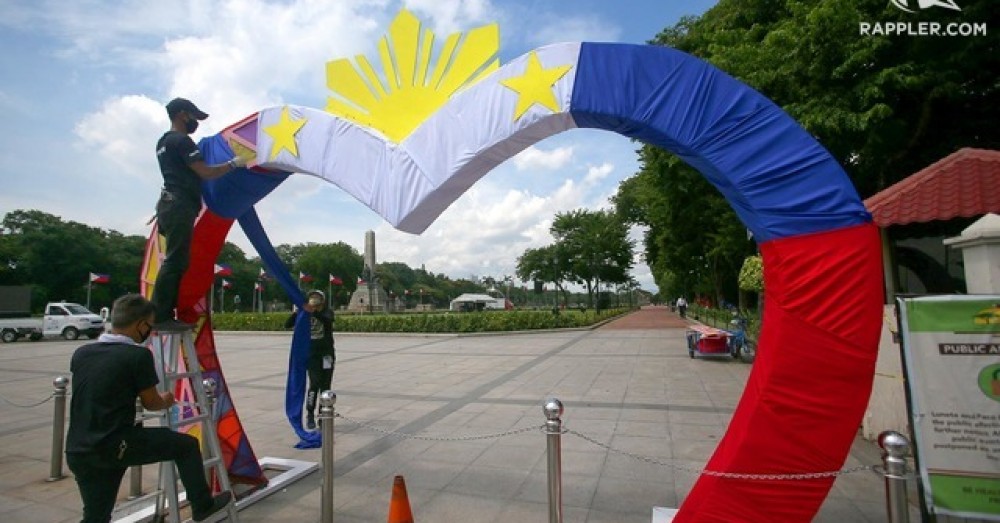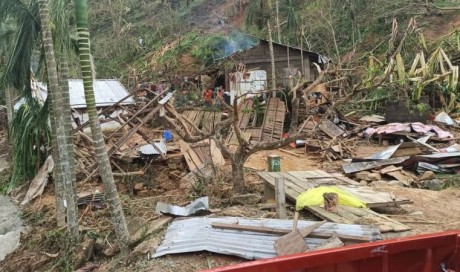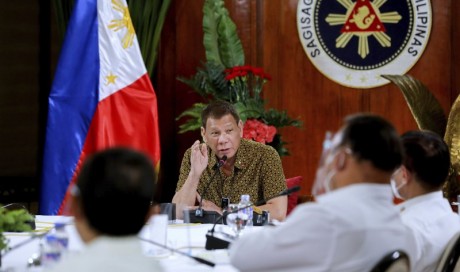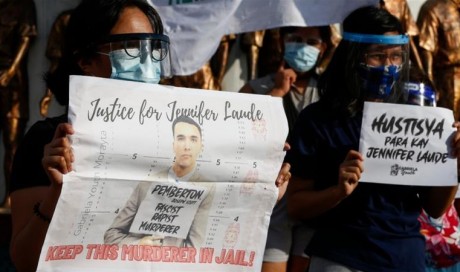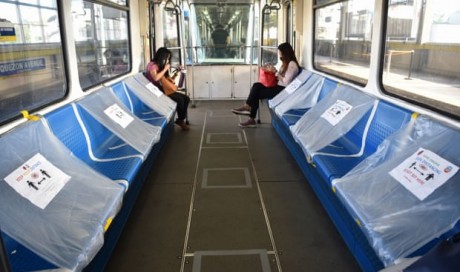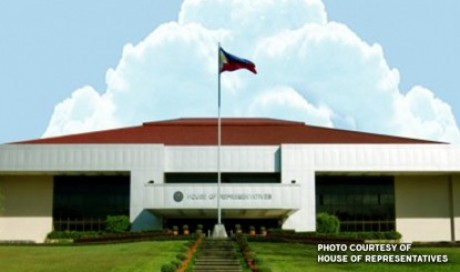The customary crowds when the Philippines commemorates the declaration of its independence from colonial rule are first to go in the time of the coronavirus pandemic.
Whether they are from government or are citizens exercising their right to air grievances and hold authorities to account, they are heeding the requirement for physical distancing in their activities on Friday, June 12.
The battle against COVID-19 is, after all, prominent in this year’s government-crafted theme: “Kalayaan 2020: Tungo sa Bansang Malay, Nagbabayanihan, at Ligtas" (Towards a Free, United, and Safe Nation).
The National Historical Commission of the Philippines, kicking off the independence celebration on National Flag Day last May 28, said: “This year, our display of flags takes on a greater meaning. In countries throughout the world, homes in lockdown displayed their national flags to honor their frontliners and express solidarity amidst physical distancing. Now, it's our turn.”
Where are the government events? On the 122nd anniversary of Philippine Independence, government ceremonies will be conducted by skeleton delegations of officials who will follow significantly shorter programs compared to decades of commemoration.
The wreath-laying rites in Luneta – the main program graced by presidents in the past – will have only 10 persons present. They will be led by Executive Secretary Salvador Meldialdea, standing in for President Rodrigo Duterte.
The ceremonies in 7 other shrines across the country will be broadcast live on government channels and the social media accounts of government offices:
- Metro Manila: Bonifacio National Monument in Caloocan City; Pinaglabanan Memorial Shrine in San Juan City
- Luzon: Aguinaldo Shrine in Kawit, Cavite; Barasoain Church Historical Landmark in Malolos, Bulacan; and Pamintuan Mansion in Angeles City, Pampanga
- Visayas: Liberty Shrine in Mactan, Lapu-Lapu City, Cebu
- Mindanao: Rizal Park in Davao City
Local goverments have announced their own ceremonies to be livestreamed on social media. In Cavite, the great-grandson of General Emilio Aguinaldo – Kawit Mayor Angelo Emilio Aguinaldo – will lead the wreath laying in the morning at the same mansion where the Philippines’ first president read the declaration of independence in 1898. The provincial governor, Jonvic Remulla, will broadcast a special program on Facebook at 4 pm.
“Magiging simple lamang po ang selebrasyon natin ngayong taon. Ang kaligtasan po ng lahat ang ating prioridad. Ngunit, sinuguro po naming it will never be less significant,” Aguinaldo said days before the event. (Our celebration this year will be simple. Everyone’s safety is our priority. But we assure you that it will never be less significant.)
Where is the President? President Duterte is in his home city of Davao and will be airing his Independence Day address. He has never graced the Independence Day rites in Luneta, an activity that presidents before him had observed.
As president-elect in 2016, while he was still mayor of Davao City, he didn’t attend the June 12 ceremony. In his first Independence Day as president, he skipped the ceremony before Jose Rizal’s monument because he was “pagod at puyat” (tired and lacked sleep). In 2018, he graced the ceremonies at the Aguinaldo Shrine in Kawit, Cavite, where he was heckled by activists from Bayan Southern Tagalog. In 2019, he went to headquarters of the Army’s 6th Infantry Battalion in Malabang, Lanao del Sur “to pay tribute to our patriots.”
Where are the activists? Students will be mounting protests on campuses, while other sectoral organizations, joined by opposition lawmakers, will be doing assemblies and motorcades in key cities across the country.
They will be protesting mainly two things:
The passage of the anti-terrorism bill, which is up for President Duterte’s signature, whose provisions may be unconstitutional and are prone to abuse to surveil, arrest, and detain critics of the administration.
The slow, often inefficient, and sometimes oppressive response of the national government to the COVID-19 pandemic.
The activities are sarcastically called mañanita (early morning serenade) to highlight the impunity of Duterte administration officials who have been breaking lockdown and safety rules for their personal convenience while ordinary citizens are fined, arrested, jailed, and sometimes killed for infractions, like not wearing a mask, crossing checkpoints, or trying to travel to work or attend to emergencies. (READ: [EDITORIAL] In the face of impunity and double standards, #LawIsLaw)
National Capital Region Police director Debold Sinas allowed staff and guests to throw him a birthday party in May. The activity, called a mañanita, violated the lockdown rules against mass gatherings and physical distancing, as well as the liquor ban. Still, the chief of the Philippine National Police Archie Gamboa said he didn’t find anything wrong with it, while President Duterte refused to fire Sinas.
Physical mass-up will happen in Baguio, Manila, Quezon City, Naga City, Cebu City, Dumaguete, Cagayan de Oro, and Zamboanga City. This is despite the warning of the Department of Justice rallies are banned under community quarantine, and those who will participate face the risk arrest. Human rights lawyer Edre Olalia counters this, saying the Bayanihan to Heal As One Act and the public health law, Republic Act 11332, don’t prohibit rallies.
Community quarantine rules allow only 10 people at most to gather in enclosed spaces.
The schedule of June 12 protest activities is here.
The progressive groups actually had a sort of dry run for a responsible way to hold a rally amid the pandemic on June 4, when they protested the railroading of the anti-terrorism bill. They marched along University Avenue at the University of the Philippines in Diliman while keeping distance from other participants.
The following day, however, cops invaded the UP Cebu campus – in violation of the Soto-Enrile Accord of 1982 – to drag and arrest students who were peacefully protesting the anti-terrorism bill.
There are organizations that will conduct online activities to discuss the significance of Independence Day and probe other historical issues.
Where is the rain? There is a good chance that it will rain on the Independence Day activities as Tropical Depression Butchoy was moving toward the West Philippine Sea as of 5 am Friday, after it made landfall in Quezon province twice on Thursday.
The state weather bureau has raised Signal No. 1 over the following areas on Friday: Bulacan, Pampanga, Zambales, Nueva Ecija, Bataan, Tarlac, and Pangasinan.
Share This Post

